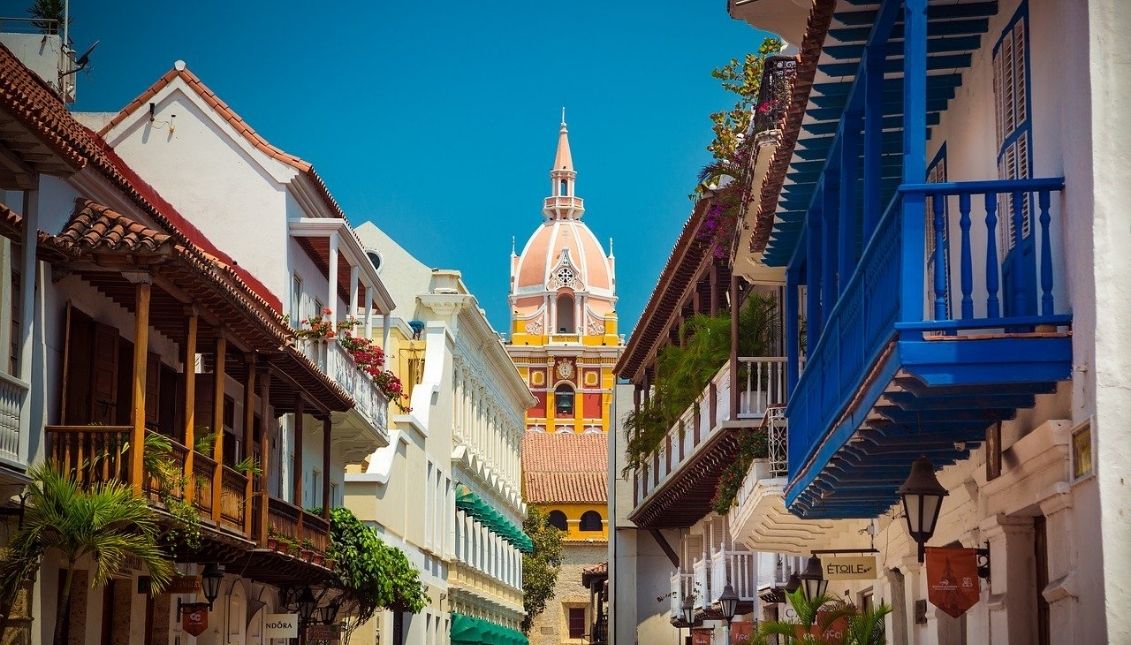
Cartagena is currently a UNESCO heritage city. Photo: Pixabay
200 years after Spanish liberation in Cartagena
Two centuries ago, Cartagena became a free city from under Spanish rule.
On Oct. 10t, 1821, Cartagena was liberated from the last Spanish troops that controlled the city, who exercised sovereignty in the name of the Spanish Crown.
On that day, the loyalist troops peacefully surrendered the bastions of the fortified city. Ceremonies followed with the utmost order and respect for the defeated enemy.
That same day in 1821, an unknown Sincelejo newspaper, published an account of the surrender of Cartagena, an event that lasted the whole day:
"Initiated the Capitulation entered the square, to fix it, Colonel Luis de Rieux with his assistant Ensign Sebastián de Osse.... as all the batteries had the necessary supplies for the defense of the enclosures, and all the chests were full of gunpowder for the artillery, it was decided that since they should not be abandoned, while the garrison embarked and the Colombian army entered, twenty-five men would enter, so that each one would remain in one of the enclosures, to take care of the war supplies that were in them.
This took place on the 9th. On the 10th at eight o'clock in the morning, four hundred men of the Girardot battalion entered the Cathedral Square, where the Major of the Spanish, associated with the adjutant Osse, named guards of the Square and the parade was distributed. In this way the Spanish troops that were on duty were relieved, all with the best order. At twelve o'clock of the day the hill of "San Felipe" was surrendered, which was occupied by two hundred men of the Antioquia battalion with its corresponding artillery picket; once the hill was surrendered the Spanish flag was lowered, and the tricolor flag was hoisted, with the salute of ordinance, of a salvo and twenty-one shots."
The reconquest, definitive for the future independence of Gran Colombia, was a direct consequence of the battle of the night of San Juan, which took place in the bay of Las Animas a few months before.
However, the dominion of the strategic Cartagena was not the end of the independence struggle. Antonio Nariño, the leader of the struggle, was left to complete the neo-Granadian process. The battle of Maracaibo was also yet to come to consolidate the emancipation of Gran Colombia (a country formed by the territories known today as Colombia, Ecuador, Panama and Venezuela between 1821 and 1831).
On Oct. 10t, 200 years ago, the Antioquia battalion, commanded by José María Córdova, first entered the walled enclosure in the city. His men solemnly crossed the Media Luna gate.
The Spanish army left on Colombian ships, bound for Cuba, never to return.
Cartagena was the last city of the Neo-Granadian Caribbean to be liberated, the once Queen of the Indies had been devastated.
The liberation was a process that took place thanks to several important events, although the battle of the night of San Juan, led by Padilla, was the key.











LEAVE A COMMENT: